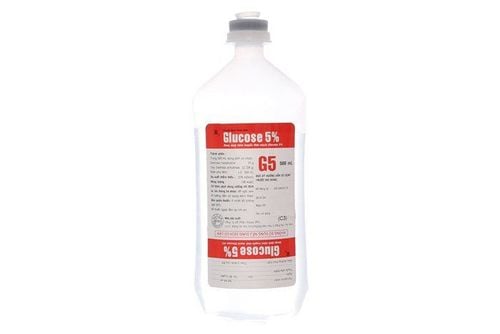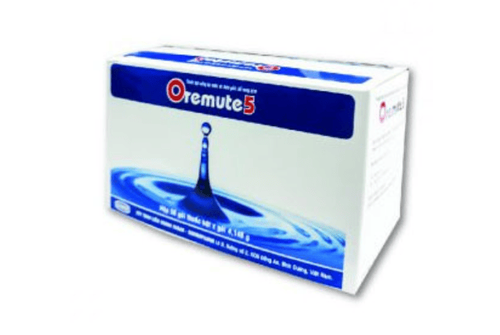This is an automatically translated article.
Ringerfundin is used to correct extracellular fluid loss. The purpose of fluid delivery is to restore and maintain normal osmotic conditions in both the intracellular and extracellular spaces. Refer to the article below for more useful information about this brand-name drug Ringerfundin.
1. Uses of Ringerfundin
Ringerfundin is an infusion solution with a capacity of 500ml with the main ingredients including:
Sodium chloride: 3.40 g Potassium chloride: 0.15 g Magnesium chloride hexahydrate: 0.10 g Calcium chloride dihydrate: 0.19 g Sodium acetate trihydrate: 1.64 g L-Malic acid: 0.34 g The use of Ringerfundin is to replace extracellular fluid in cases of isotonic dehydration when metabolic acidosis is present or imminent.
On the other hand, Ringerfundin is not allowed in the following cases:
Volume expansion Severe congestive heart failure Renal failure with oliguria or anuria Severe edema Hyperkalemia Hypercalcemia Metabolic alkalosis
2. How to take Ringerfundin
Ringerfundin is used intravenously. The dose depends on the age, weight, clinical condition, and biochemical parameters of the patient and concomitant treatment. The recommended dose is as follows:
Adults, elderly and adolescents: 500 ml to 3 liters /24 hours, equivalent to 1 to 6 mmol sodium/kg/24 hours and 0.03 to 0.17 mmol potassium / kg / 24 hours. For infants and children: 20 ml to 100 ml/kg/24 hours, equivalent to 3 to 14 mmol sodium/kg/24 hours and 0.08 to 0.40 mmol potassium/kg/24 hours. The maximum infusion rate depends on the patient's need for fluid and electrolyte replacement, weight, clinical condition, and biochemical status.
For young children the average infusion rate is 5 ml/kg/h and varies with age: 6-8 ml/kg/h for infants, 4-6 ml/kg/h for toddlers, and 2-4 ml/kg/h for school-age children.
3. Be careful when using Ringerfundin
When large volume infusion must be used under special control in patients with heart failure or mild to moderate pulmonary failure.
Ringerfundin solution containing NaCl should be used with caution in the following patients:
Mild to moderate heart failure, pulmonary or peripheral edema or extracellular fluid retention Hypernatremia, hyperchloremia, hypertonic dehydration , high blood pressure, impaired kidney function, seizures or impending seizures, increased androgens or other conditions, or treatment (eg, corticosteroids/steroids) with sodium-sparing agents. Solutions containing potentially metabolizable anions should be used with caution in patients with respiratory failure. During long-term treatment, necessary nutrients should be provided to patients. Use in pregnant and lactating women: There are no data on the use of Ringerfundin in these subjects. Solution should be used only when the risks and benefits have been weighed and the volume, electrolytes, and acid/base levels are carefully monitored. Use with caution in pregnant women with abnormally high blood pressure.
4. Ringerfundin side effects
Sensitive reactions such as urticaria have occasionally occurred after infusion of magnesium salts.
Although oral administration of magnesium salts induces intestinal motility, intestinal obstruction has also been reported rarely with magnesium sulfate infusion.
Possible side effects associated with the infusion technique include febrile reactions, infection at the infusion site, pain and local reactions, venous obstruction or phlebitis. Side effects may be related to the drug being mixed, and the ingredients of the drug being mixed will determine the potential for other undesirable effects.
Please dial HOTLINE for more information or register for an appointment HERE. Download MyVinmec app to make appointments faster and to manage your bookings easily.













